After discussing the “Biologic Width” and the “Supracrestal Tissue”, we have now layed the ground to introduce the full picture and discuss the interrelations of biology and technology…
So let me present you the Implant Supracrestal Complex, the world’s most common Cyborg and how to best keep it happy..!
A cyborg (/ˈsaɪbɔːrɡ/), short for “cybernetic organism“, is a being with both organic and biomechatronic parts. The term was coined in 1960 by Manfred Clynes and Nathan S. Kline.[1]
by Nikos Mattheos, DDS, MASc, PhD
A true Cyborg Tissue..!
Those of us growing up in the 90s were fascinated by hybrid creatures such as the Robocop and the Terminator. My all-time favourite Cyborg was actually the Japanese “Ghost in the shell”. But we don’t need to go that far to meet the Cyborg. Indeed, one of the most successful Cyborgs is within our daily practice and millions are added each year..! Meet the Implant Supracrestal Complex: world’s most widespread Cyborg! An organ supporting crucial function and aesthetics, thanks to joined efforts of human tissue and metal precision constructions..!
Our Cyborg is actually tiny, no more than 200 square mm. But in this tiny space, it packs 3 out of the 4 tissues of the human body, at least 3 mechanical constructions,
more than 300 types of human cells and countless numbers of bacterial species. Possible one of the most complex man-made ecosystems, the Supracrestal Complex is the tiny space defined by the cortical Marginal Bone (apicaly) and the first couple of mm of the implant prosthesis exposed in the oral environment (coronally). Rather than “supracrestal tissues” (only human tissue), or “Supracrestal Attachment” (true attachment is only the junctional epithelium), Supracrestal complex includes all 3 key players: Human Tissue, Mechanical parts and Bacteria. More than anything else, this tiny little space will be the most critical determinant of long term success or failure in Implant Dentistry.
The cohabitation equation
I picture the Supracrestal Complex like a 4 storey apartment block, somewhere in the upmarket suburbs of a tropical city:
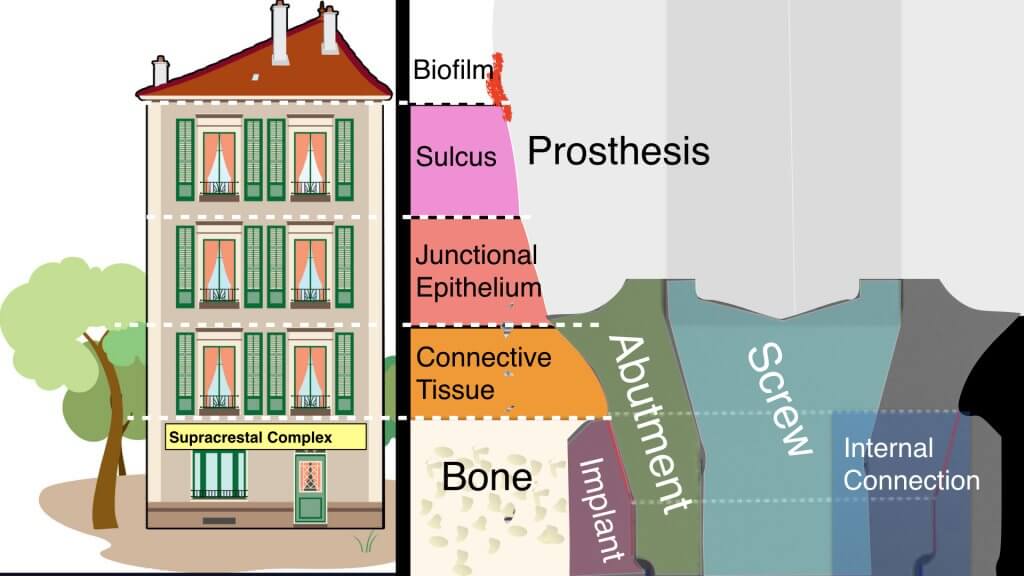
– In the Ground floor lives a married couple, Mr and Mrs Osseointegration. The husband is a rough Titanium surface, -plain or with microgrooves- and the wife is crestal bone. Their two children -the Abutment and the Screw- live well protected in their home connection.
– In the first floor lives another couple, Mr. Connective Tissue and Ms Abutmnent. They are not married, but live happily together in a partnership they call “Adhesion“. Despite pressure from their families, they do not seem inclined to formalise their long relationship.
– In the second floor, we have another married couple, Mr and Mrs Attachment. The wife is a Junctional Epithelium and the husband is a smooth surface Abutment or Prosthesis.
– In the Penthouse, lives a seasoned bachelor, Mr. Sulcus. He is a nice guy, hard working and has many friends, but he is a bit flirty and prone to adventures. The other tenants are often concerned seeing strangers coming in and out of the penthouse and are afraid that Mr Sulcus can someday get everyone in trouble.
– Finally, there is the roof. Although no humans live on the roof, it is anything but lifeless. It is exposed to daily rains and strong sunshine and frequented by pigeons, parrots, cats and others who can make a horrible mess if they are left to nest and poo unchecked.
The Supracrestal Complex includes 3 key players:
Human Tissue,
Mechanical Parts and Bacteria”

This cohabitation is not a static image, but something like a TV soap opera, which has already had more seasons than the Australian “Neighbours” (where Kylie Minogue met Jason Donovan – like those from Australia over 40 would remember).
At times they all live happily together, but in some episodes, all it takes is a problem in one household, a glitch in some couple and the whole building can turn into a messy drama, making headlines and spiking the tv viewers numbers.
Unfortunately, in the case of the Supracrestal Complex, the drama results commonly in failure and inflammation and the only thing that spikes is trouble, for ourselves and our patients…
Top Five ways to keep the Cyborg happy!
As 90% of the long term complications are actually initiated within the Supracrestal Complex, it is imperative to look deeply into each of these characters, understand what they need and identify the possible risks, as well as the interactions that can contain or spread the problem..! Starting from the top, let’s countdown the 5 most punishable crimes against the peace and quiet of the tenants in the Supracrestal complex !
Nr. 1: Keep the roof clean!
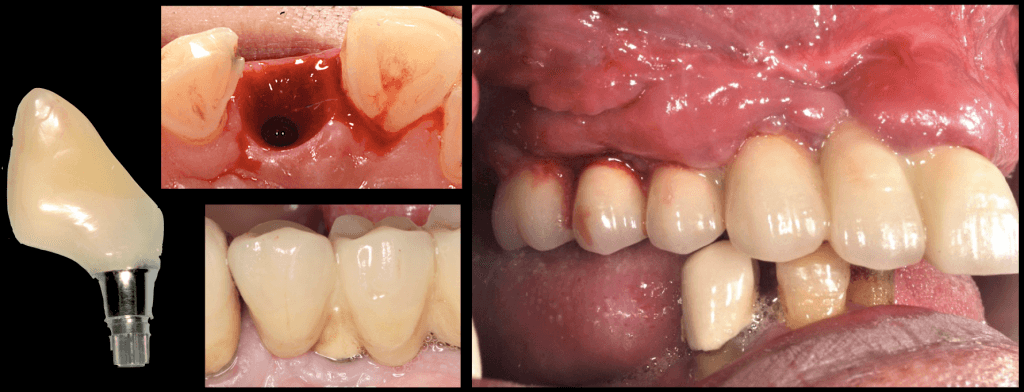
Imagine a house with a large roof, with no access for the cleaners, blocked drainage, where the rainwater piles and the pigeons nest. Soon the piles of bird pooh will emerge through the pools of rainwater, Mosquitos will join the party and birds will thrive, but the human tenants will be driven away.
In the supracrestal complex, the roof is the crucial couple of millimetres of the prosthesis slightly above and slightly below the margin of the soft tissues. This is the surface of the prosthesis which first meets the soft tissues and it is crucial because this is where the Biofilm forms. If this is uncleanable, inflammation of the supracrestal complex is only a matter of (short) time.
Nr. 2: Mind the Gap!
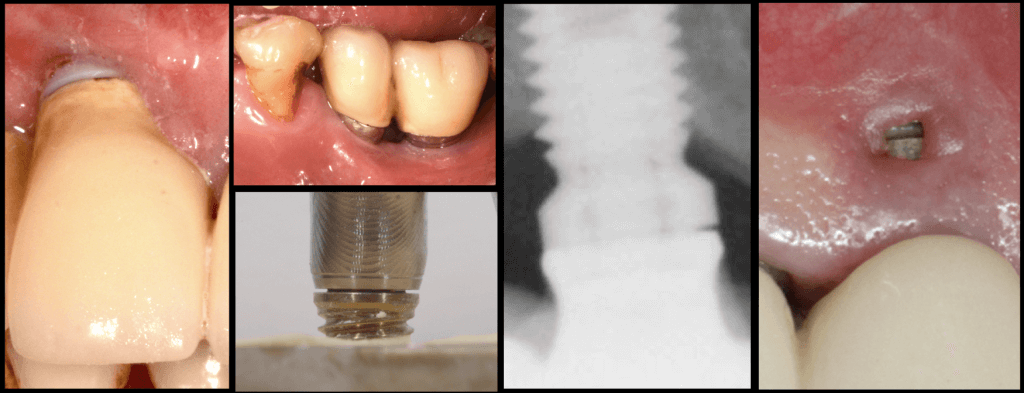
Every technical construction has gaps between its components. Implant, abutment, screws, prosthesis, they all come with certain gaps, sometimes acting protectively and sometimes to the detriment of the complex.
They can be “microgaps” of 1-2 μm or “megagaps” of 100 μm, they can be deep near the bone, or high up in the sulcus, sugingival or supragingival. Knowing which gaps to accept and which to avoid is essential, as this is a risk that can be minimised through the correct design of the prosthesis and selection of implant and prosthetic components!
Nr. 3: Size matters!
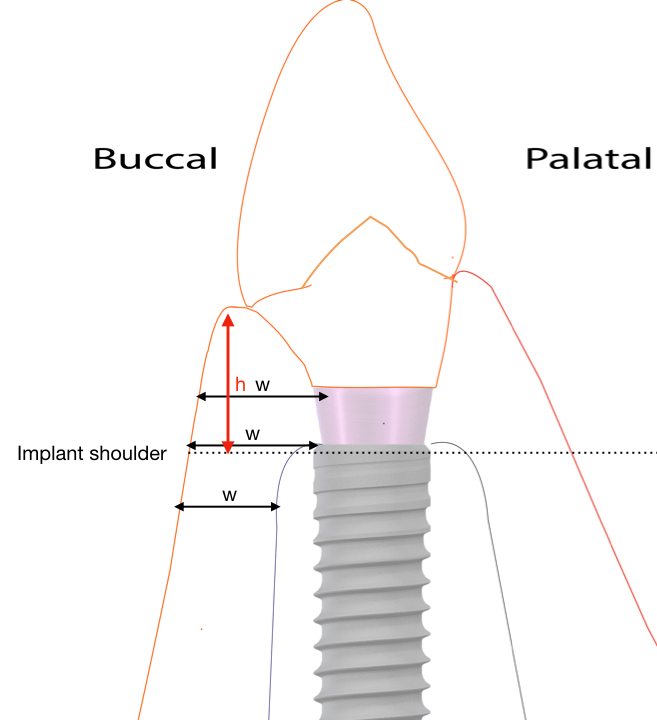
The Supracrestal complex is defined by the soft tissues and as such , the vertical height, the width (thickness) and overall morphology / consistency of the soft tissues is critical for the final long term success of our outcomes! A critical pre-assessment therefore includes the questions:
– what are the essential soft tissue outcomes for long term health?
– how likely are we with our intervention to ensure the soft tissue outcomes we need?
– how to design our intervention so as to achieve this in the most simple and predictable way?
Nr. 4: Position yourself for success !

The correct 3-dimensional implant position is essential for everything else to work Compromised implant 3D position is the “root of all evil” leading a chain reaction of compromise in the restorative design and finally maintainability. Knowing the limitations from the beginning and decide the strategy that will allow us the perfect placement is an art and a science combined.
Nr. 5: Stay in shape !

The “emergence profile” is a key for long term success and its optimal shape and size is crucial. Depth or height, Concavity or Convexity, angles of emergence, these are all design features we need to plan in advance before the implant is even placed. Otherwise, compromise and trouble is inevitable.
As all these parametres are both critical but also highly interconnected, they are certainly worth more discussion. So for now I will stop here, but I will be back soon with a more detailed look at each of these Top 5 threats for our implants long term success!
Learn the latest news first, subscribe to my blog!
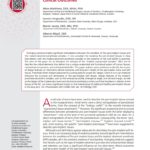
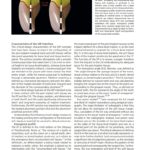
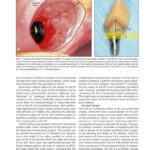
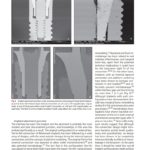

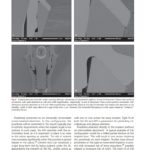
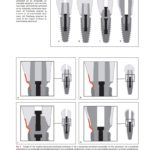
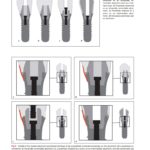
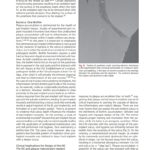
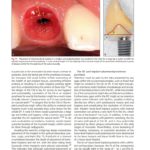
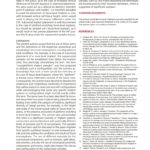

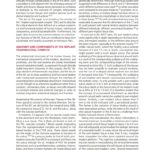
Learn more:
The Implant Supracrestal Complex and Its Significance for Long-Term Successful Clinical Outcomes.
Nikos Mattheos, Ioannis Vergoullis, Martin Janda, Alberto Miseli. Int J Prosthodont 2021;34(1):88-100.

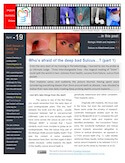

11 thoughts on “The Implant Supracrestal Complex: a true “Cyborg” tissue!”
It’s a very great in this study doc. Thank you for your sharing.
Nice analogy…. But imho where we err is in using inert piece’s of bio-metal to replace a dynamic living structure… Naturally we end up with problems… We should be concentrating more on newer materials… Like the liquid metal T-3000 instead of old model T-70 which can actively help in all the mess which is going on up there instead of being a passive character waiting to be rescued by the lead artist
Dear Doc
First of all I would like to congrats for a amazing way to explain this important topic. I’m developed the umbrella concept and you did in an educational manner that I’m very proud of you! You inspired me to teach my students around the world.
Sincerely
Alberto Miselli
Dear Dr. Miseli, thank you very much for your kind comments! I hope we can continue the discussion and stay in touch and looking forward to read more of your work!
Thanks a lot for distribution this with all people you real realize what you’re talking about! Bookmarked. Please also treat with my website =). We could bang a fixing act provision between us!
NICE ARTICLE BUT WANT TO ADD A LITTLE. + 1 TIME ABUTMENT OR 1 TIME CROWN / 1 TIME ZIRCOPING PLAYS A VITAL ROLE IN THE STUDY TO HAVE LONG TERM ATTACHMENT RELATION SHIP. THICK HORIZONTAL AND VERTICAL SUPRA CRESTAL COMPLEX MAINTAINS CRESTAL BONE STABILITY, SOFT TISSUE STABILITY, BIOLOGIC WIDTH THUS PREVENTS PERIIMPLANTITIS
Thank you for this, fully agree with you on the biological protective influence of the proper tissue height and thickness for long term tissue stability. To reduce peri-implantitis I would add plaque control to the equation!
Tissue height and thickness can be increased non-surgically (considering the contact point of the prosthetic crown is at optimal distance from bone crest) especially in thin biotypes by Botox Injections in the papilla and surrounding structures, providing long term stability of the peri-implant mucosa and its adhesion to supra crestal complex.
Thanks for all informations and explained very important points about biological concepts for implant and connective tissues.
Thank you for your kind feedback!
The co-habitation analogy.brought it to life
Thank you Prof..am fired up